Wedding myths debunked, and mysteries explained
Weddings are as chock full of myth and superstition as they are canapés and crazy relatives.
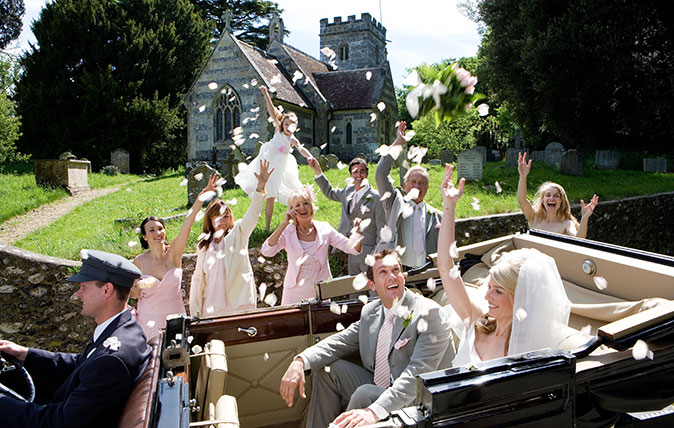

I heard a horror story this weekend. I was told that brides historically wore veils to stop their prospective husbands from running off – when embarking on an arranged marriage, apparently it’s better to find out your other half looks like the Hunchback of Notre Dame after you’ve exchanged vows. I am pleased to say that this rather barbaric story is not true. Well, it might be partly true…
Read on for explanations of our most bizarre customs.
The veil
No, it’s not all about hiding a hook nose and warts until after the permanence of ‘I do’ – at least, not entirely. Ancient Greeks and Romans believed that the veil provided protection against evil spirits, and the habit stuck (pun intended). As habits go, it’s not bad – in Denmark, the bride and groom used to cross dress to confuse said spirits.
Later, the veil came in useful for business-transaction weddings that involved unattractive brides and fuelled the superstition about not seeing the bride before the wedding for fear of bad luck (or bad looks).
White dress
Historically, maidens married in their finest frock, whatever it’s colour, although red was ever popular, due to its association with passion. In fact, white was a colour of mourning. Then came Queen Victoria, who, in 1840, stubbornly wed Prince Albert in a dress of ‘rich white satin’, crowned with a wreath of orange blossom, symbolising chastity.
‘Custom has decided, from the earliest ages, that white is the most fitting hue, whatever may be the material,’ proclaimed popular women’s magazine Godey’s Lady Book just a few years later. ‘It is an emblem of the purity and innocence of girlhood, and the unsullied heart she now yields to the chosen one.'
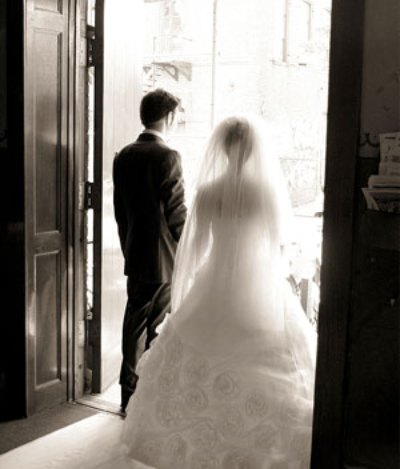
Rings
Although we now know that the vena amoris (‘vein of love’) in the fourth finger does not have a more direct connection to the heart than any other, we persist with our romantic tradition. The never-ending circle of a wedding band is, of course, a symbol of eternity, but the popularity of betrothal or engagement rings has been gathering momentum for centuries, spurred on by the odd ostentatious royal gift.
Sign up for the Country Life Newsletter
Exquisite houses, the beauty of Nature, and how to get the most from your life, straight to your inbox.
The Romans had iron rings, and gold set with gems – in red for passion or blue to reflect the Heavens – became the norm in medieval times. But a diamond really is forever, even if it is merely a 1940s De Beers advertising slogan. From the Greek adamas, meaning ‘the unconquerable’, they are Nature’s hardest substance and the ancients believed that, as fragments from fallen stars, they offered the wearer protection. And that’s amore.
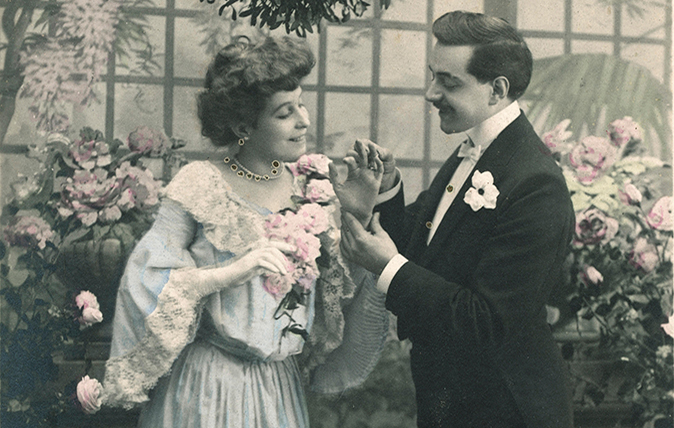
Bride or groom, sir?
The bride stands on the left so that her suitor has his right arm – his sword hand – free to fend off rivals and, possibly, the bride’s parents. The best man, of course, is his second.
Something old, Something new…
Something borrowed, Something blue, And a sixpence in your shoe. This Victorian ditty stems from a custom of ancient Israel, where brides wore a blue ribbon for constancy. The something old is for tradition, new for the future, borrowed from someone happily married, blue to symbolise fidelity and a sixpence for future fortune.
Confetti
The Italians used to toss sugared almonds at parades and celebrations – this must have been painful. Some preferred chalk pellets or mud balls – even worse. We in England threw grains of rice for years, a pagan symbol of fertility, but the Victorians introduced shredded paper. Dried petals are a much more recent, and fragrant, innovation. Czechs throw peas.
Bridesmaids
When attending a Roman wedding, it was not uncommon to spot 10 maidens dressed identically to the bride – decoys for evil spirits that might try to harm her, or for rejected suitors who might want to throw her over their shoulder.
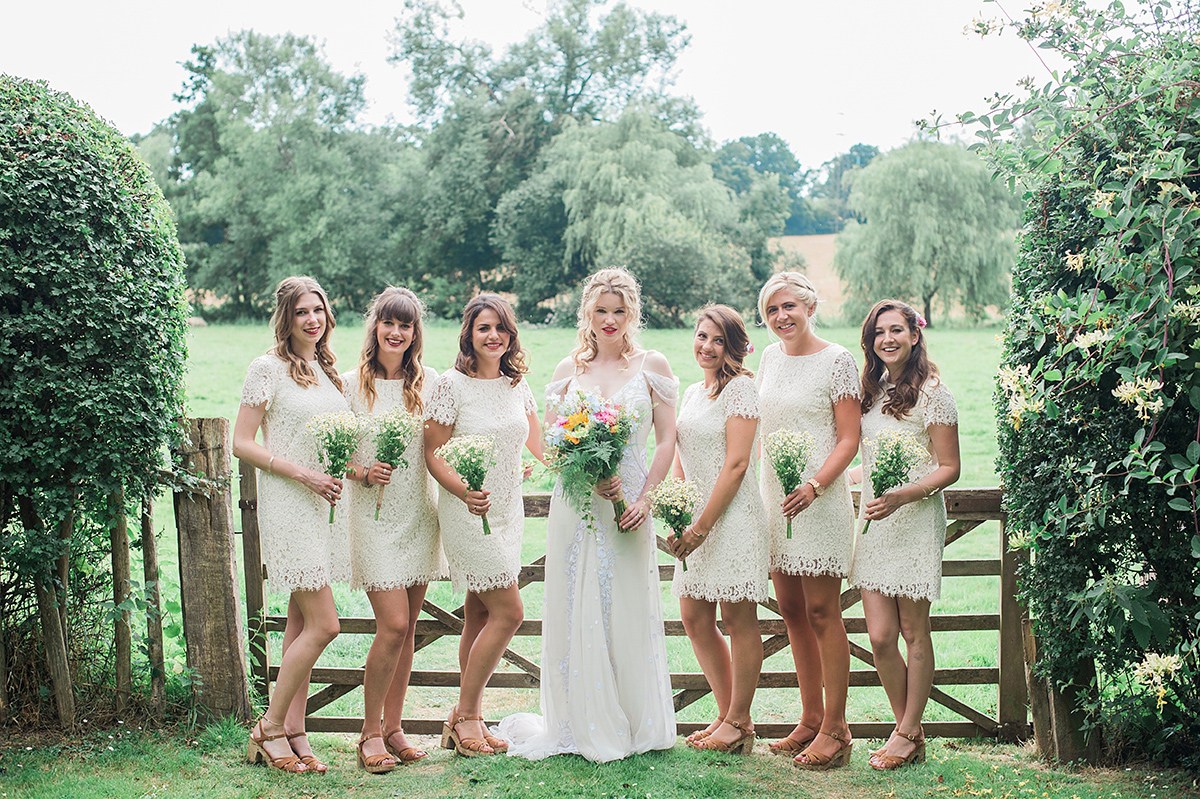
And finally, seven superstitions and ancient customs you should probably ignore
- Pearls are bad luck because they resemble tears
- Break a loaf over the bride’s head for fertility
- A single woman should sleep with wedding cake under her pillow to dream of her future husband
- If the younger sister marries first, the older sister must dance barefoot at the wedding or risk never landing a man
- It’s good luck to find a spider in your wedding dress
- If the bride sees a lamb, dove, spider or black cat on the way to the church, it’s good; spot a pig, monk or nun or hear the cock crowing after dawn and it’s all downhill
- The bride is especially vulnerable to evil spirits through the soles of her feet (that’s why she must be carried over the threshold)
Annunciata grew up in the wilds of Lancashire and now lives in Hampshire with a husband, two daughters and an awful pug called Parsley. She’s been floating round the Country Life office for more than a decade, her work winning the Property Magazine of the Year Award in 2022 (Property Press Awards). Before that, she had a two-year stint writing ‘all kinds of fiction’ for The Sunday Times Travel Magazine, worked in internal comms for Country Life’s publisher (which has had many names in recent years but was then called IPC Media), and spent another year researching for a historical biographer, whose then primary focus was Graham Greene and John Henry Newman and whose filing system was a collection of wardrobes and chests of drawers filled with torn scraps of paper. During this time, she regularly gave tours of 17th-century Milton Manor, Oxfordshire, which may or may not have been designed by Inigo Jones, and co-founded a literary, art and music festival, at which Johnny Flynn headlined. When not writing and editing for Country Life, Annunciata is also a director of TIN MAN ART, a contemporary art gallery founded in 2021 by her husband, James Elwes.
-
 Two quick and easy seasonal asparagus recipes to try this Easter Weekend
Two quick and easy seasonal asparagus recipes to try this Easter WeekendAsparagus has royal roots — it was once a favourite of Madame de Pompadour.
By Melanie Johnson
-
 Sip tea and laugh at your neighbours in this seaside Norfolk home with a watchtower
Sip tea and laugh at your neighbours in this seaside Norfolk home with a watchtowerOn Cliff Hill in Gorleston, one home is taller than all the others. It could be yours.
By James Fisher
-
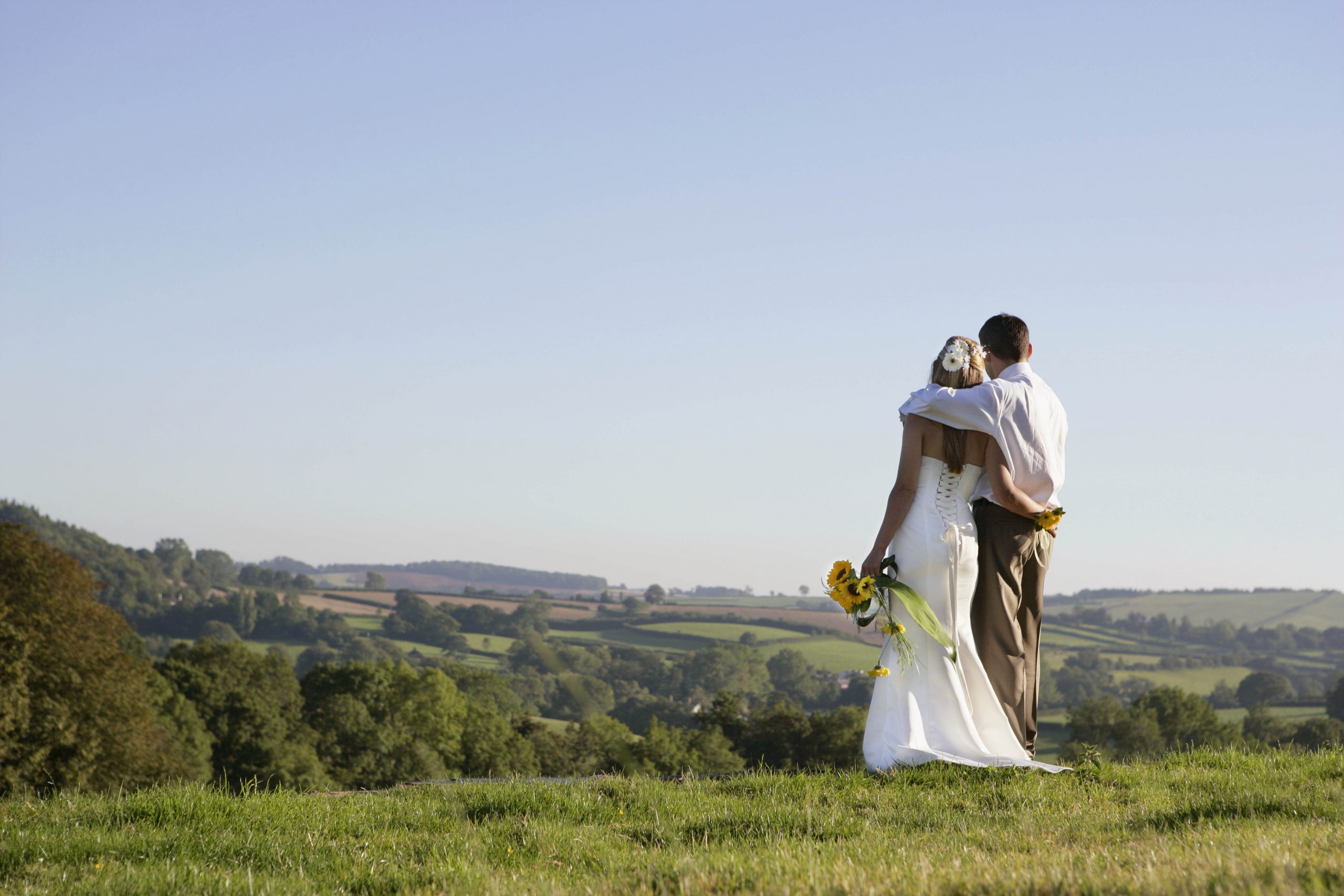 The rise of the intimate wedding
The rise of the intimate weddingMany couples who tied the knot under Covid-19 restrictions have spoken glowingly about the experience of more intimate ceremonies, which look set to stay.
By Arabella Youens
-
 Wedding dos and don'ts: Nine tips to hold the perfect wedding reception
Wedding dos and don'ts: Nine tips to hold the perfect wedding receptionHamish Shephard, founder of Bridebrook and owner of wedding venue Hedsor House, shares his expert tips how to ensure your wedding reception goes with a bang.
By Country Life
-
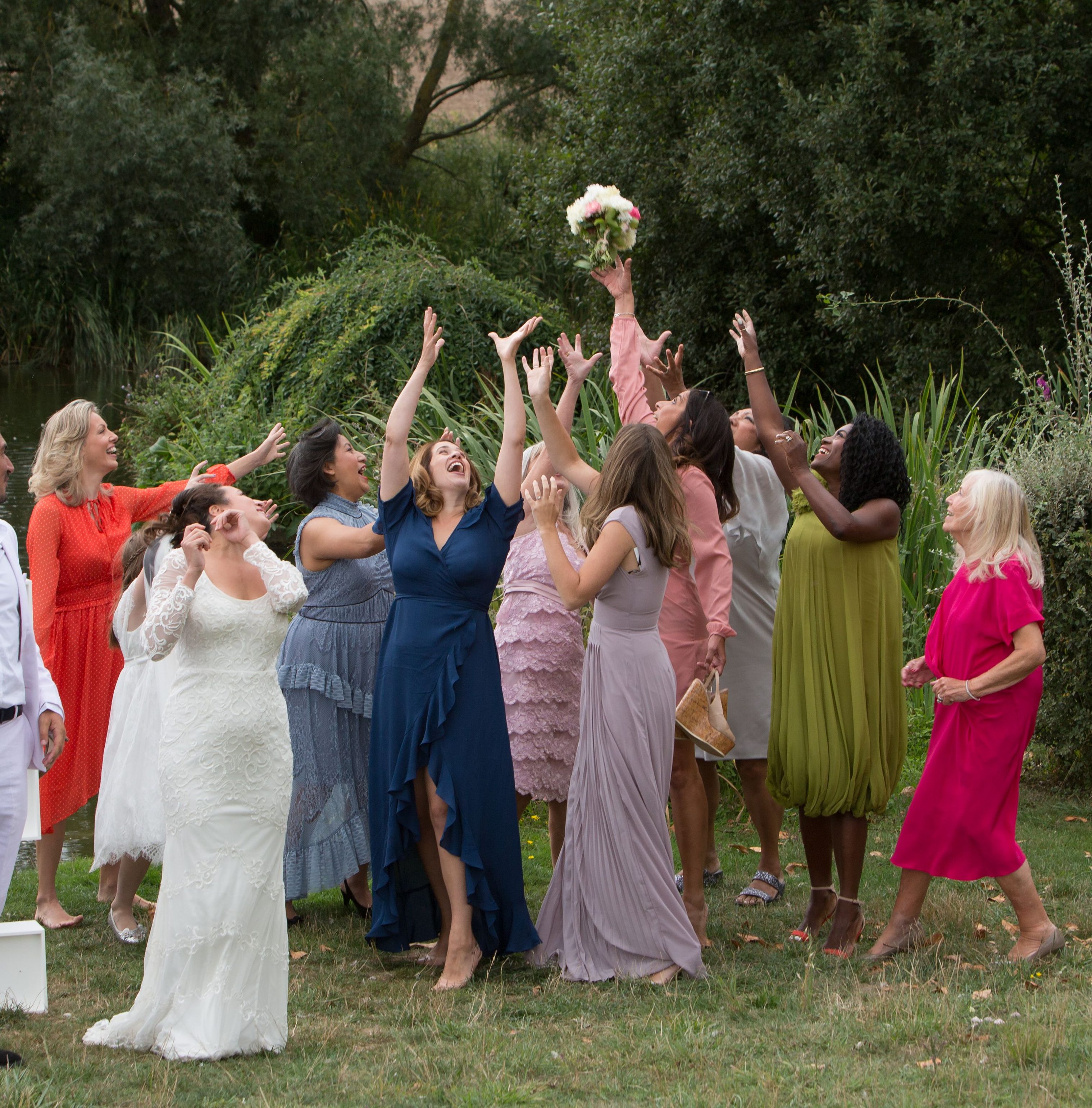 Curious Questions: Why do brides throw their bouquets? And wear white? And wear something old, new, borrowed and blue?
Curious Questions: Why do brides throw their bouquets? And wear white? And wear something old, new, borrowed and blue?Weddings are full of all manner of weird and wonderful traditions and superstitions – Annunciata Elwes gets to the bottom of some of the most famous.
By Annunciata Elwes
-
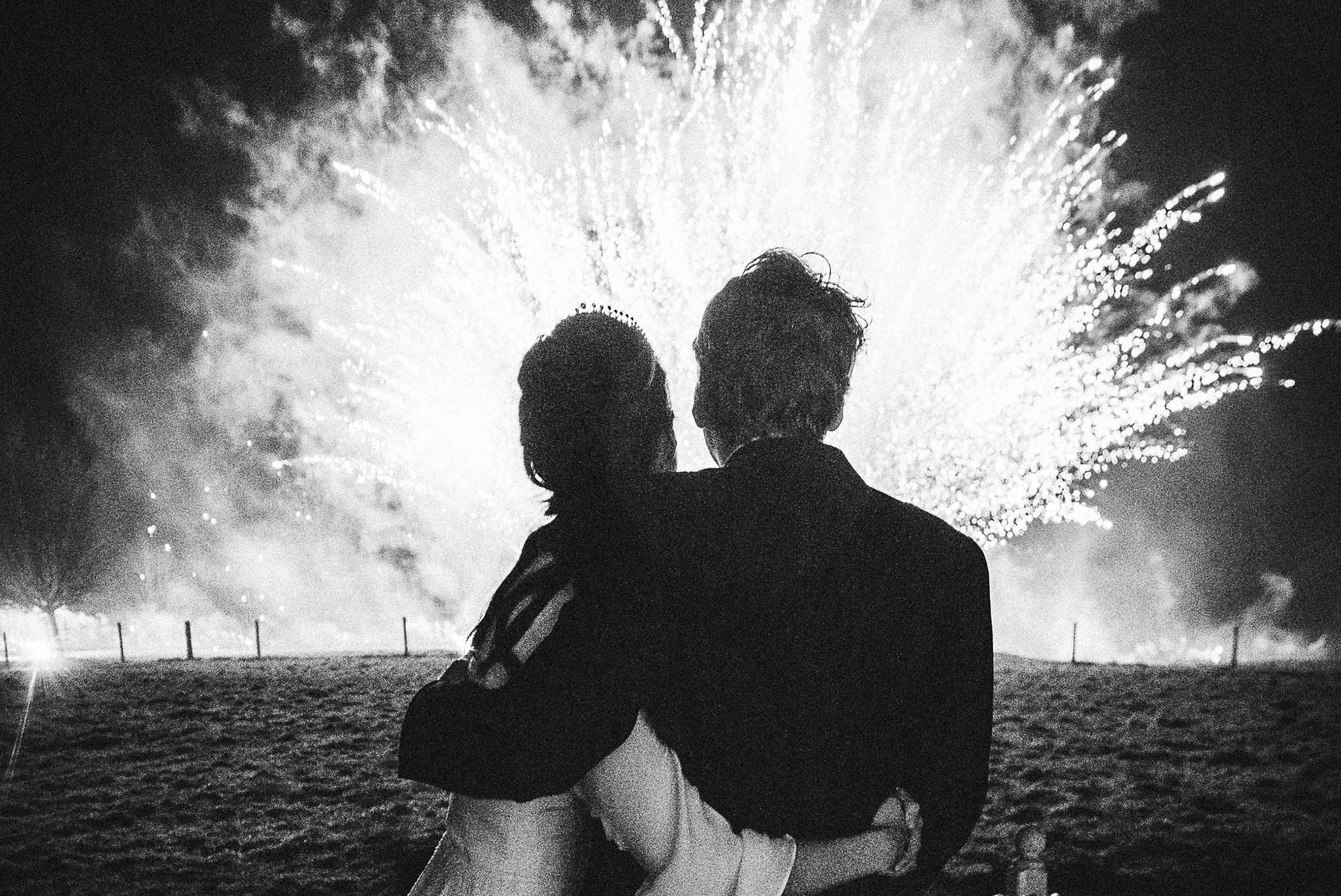 The Utterly Inessential Wedding Shopping List: From beautiful bouquets to romantic getaways
The Utterly Inessential Wedding Shopping List: From beautiful bouquets to romantic getawaysAs the excitement of last night begins to fade into memory, we hold dear in our hearts those who are about to embark on months and months of careful planning, menu tasting and reckless spending. Alexandra Fraser presents to you everything you (may or may not) need to get through the wedding planning season and your special day.
By Alexandra Fraser
-
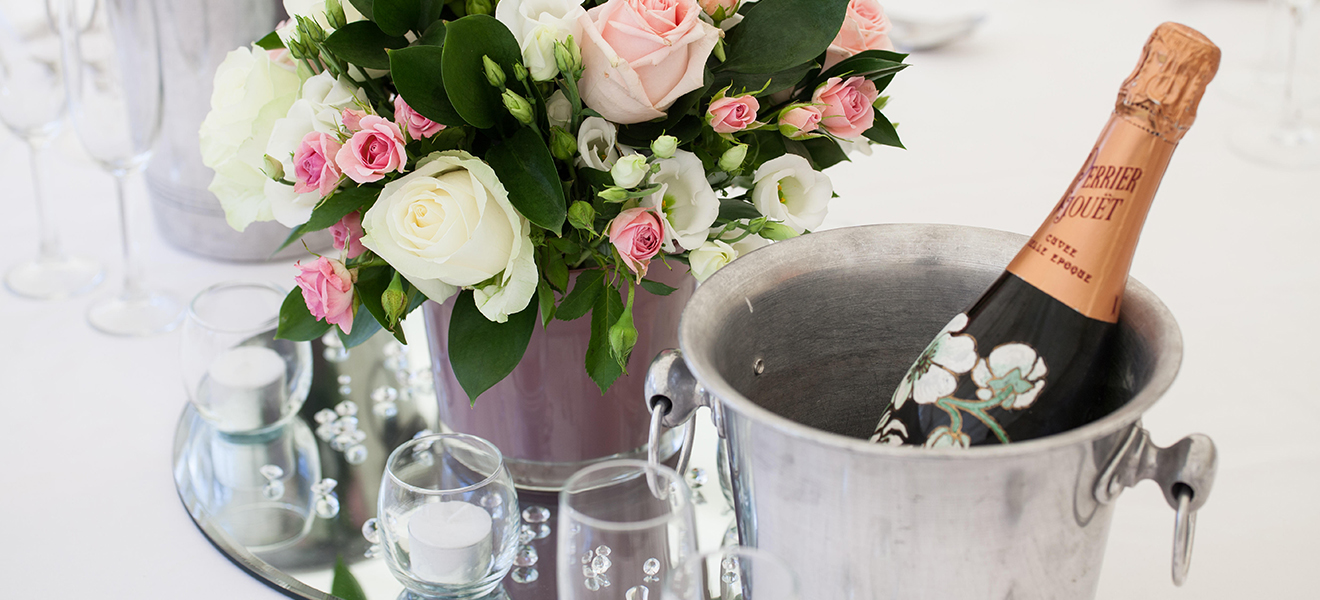 10 things you need to think about if you're planning a wedding at home
10 things you need to think about if you're planning a wedding at homeGeorgie Evans, Web & Marketing Manager at The Wedding Present Co., shares her tips on having your wedding at home and what advice she gives to others looking to do the very same.
By Country Life
-
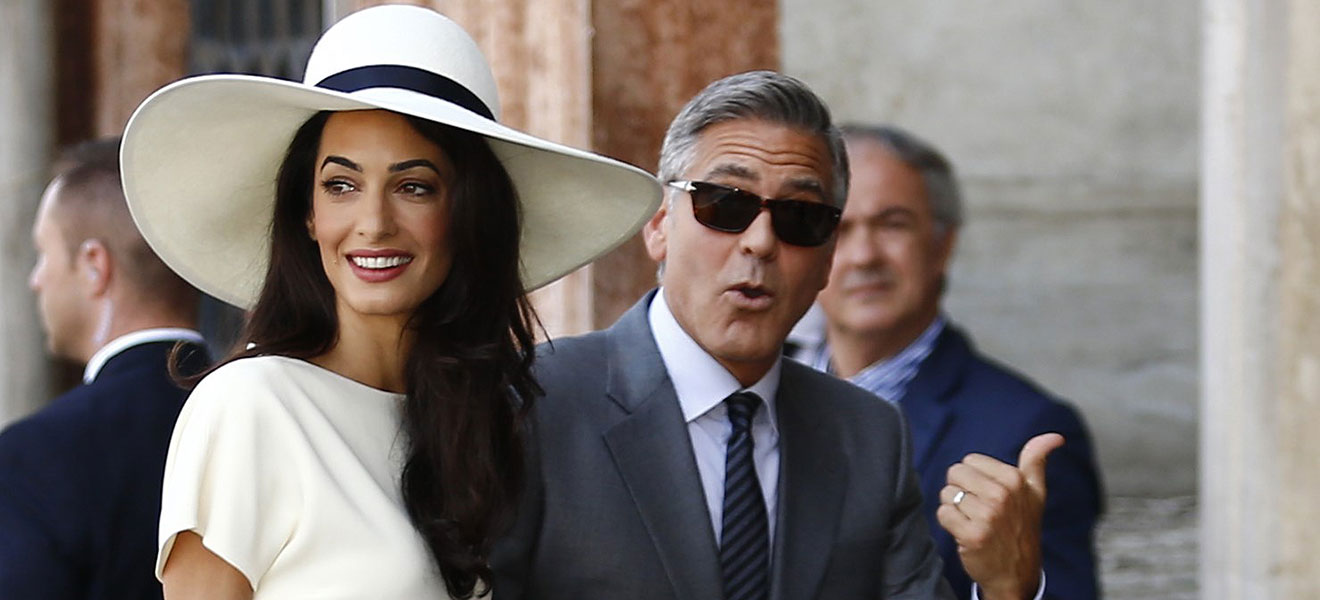 The five golden rules of wearing a hat to a wedding
The five golden rules of wearing a hat to a weddingIf you've a wedding or two (or three) coming up this year, Emma Hughes steps forward with advice for an essential of a lady's wardrobe: the hat.
By Emma Hughes
-
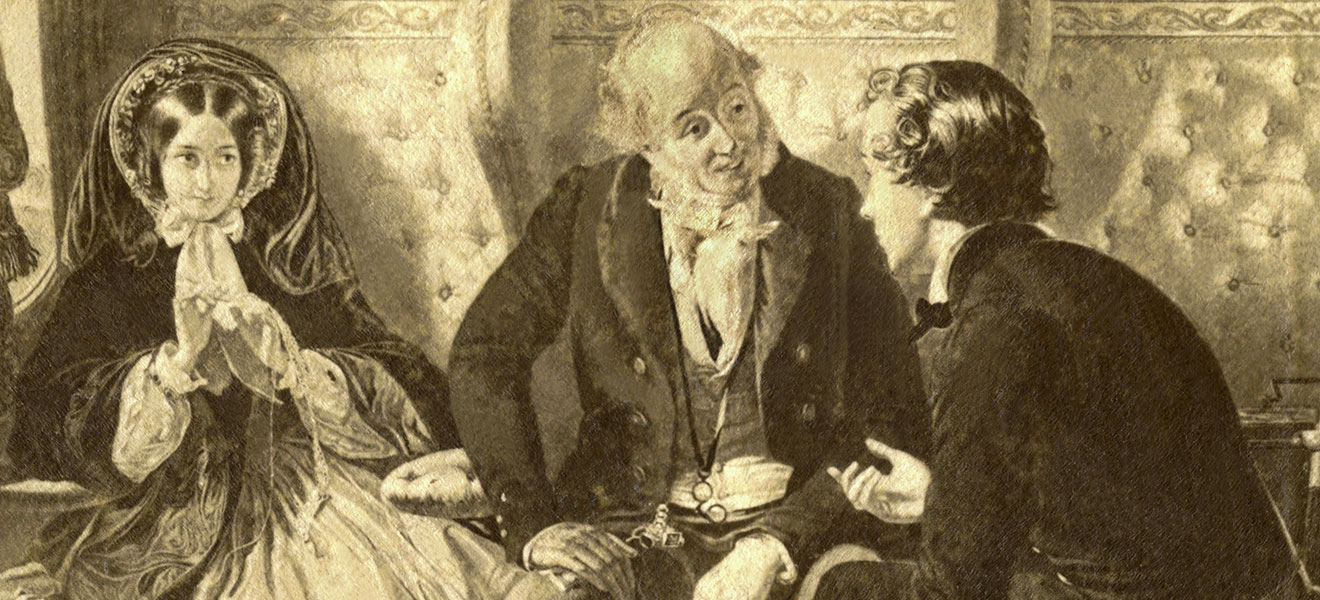 'Permission to marry your daughter, sir?' – Why you still need to ask for her father's blessing to get married
'Permission to marry your daughter, sir?' – Why you still need to ask for her father's blessing to get marriedAsking the father's permission to marry his daughter is hopelessly outdated yet remains an absolute essential part of the rituals of marriage, says Rupert Uloth.
By Rupert Uloth
-
 Choosing perfect wedding presents: A guide for brides, grooms and guests
Choosing perfect wedding presents: A guide for brides, grooms and guestsGetting just the right thing for the happy couple can be a minefield for guests – how do you choose something they'll actually want, without resorting to cold, hard cash? Flora Watkins offers her advice.
By Flora Watkins